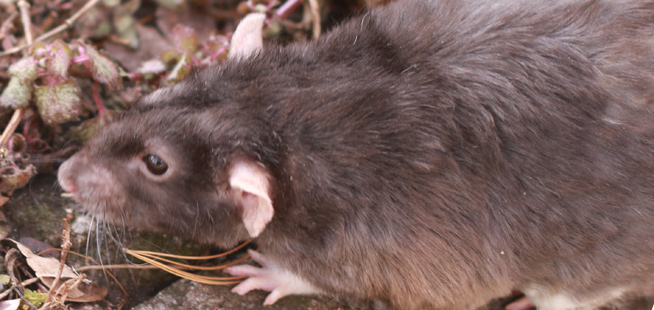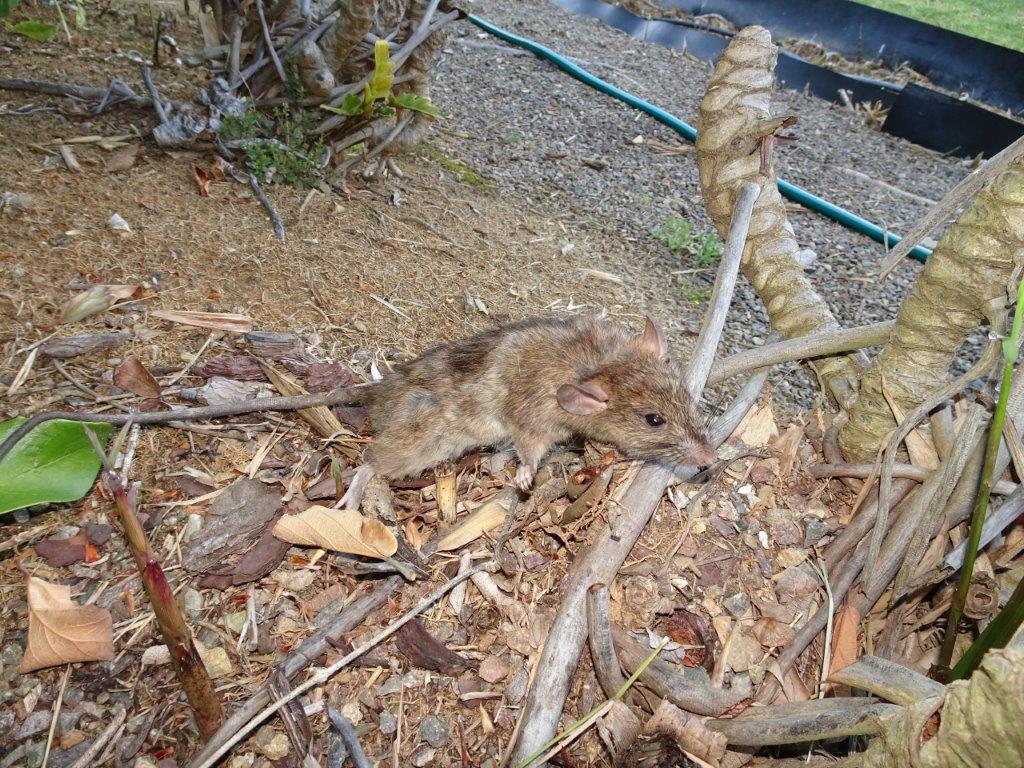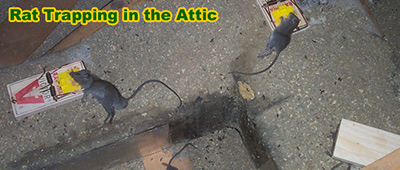Rats, in general, are scavengers, and that means they will eat pretty much anything going. They are omnivores, meaning that they eat both plant matter and animal matter. In short, if there's food, the rat will eat it, and it's not too fussy about what it is either.

Norway Rat
The Norway rat is the most commonly spotted rat, also known as the brown rat, sewer rat, street rat, and even common rat, and it's a well-studied rat too. One 1964 experiment, for example, showed that mac and cheese, scrambled eggs, corn kernels (cooked), and even raw carrots were particular favorites of theirs. They didn't seem to like a few other foods quite so much, and these included raw celery (who does like it?), raw beets, and also peaches. We wouldn't have expected that last one.
Rats will adapt very quickly, however, and they will change and vary their diet dependent on what food is nearby. Rats near a fish market, for example, will eat a lot of fish. Those that are foraging among houses in residential areas will eat cat and dog food, leftover human food in garbage, and even food left out for other animals – bird feed, for example, or foods growing in your garden.
Black Rat
The black rat, on the other hand, also known as the ship rat, house rat, and roof rat, tends to be more of a burden to farmers than homeowners, going after agricultural crops for their favorite dishes.
As well as picking out the best of the farmer's crops, these black rats will also go after feed left for chickens, cows, and other farmyard animals, and they also feed on birds and insects too. If there's coffee beans, oranges, cocoa, sugar cane, coconuts, cereals, or other farm crops, you'll find the black rat too.
Go back to the Rats in the Attic home page.

Black rats and Norway rats are the two species that are common in urban areas. These rats have differing preferences in habitat, feeding habits, and behavioral patterns, but they have many things in common that include the fact that they live in packs and are social animals.
Other names for the Norway rat are sewer rat, brown rat, water rat, wharf rat, and gray rat. The Norway rat is larger and more aggressive than the roof rat and lives below the ground, building its nest under structures. The Norway rat is the main cause of damage seen in plumbing and wiring systems, and holes in inconspicuous areas of your home. The standard method of differentiating between the two rat species is pulling their tail back over their bodies; the tail of the Norway rat cannot reach its head.
Norway rats are nocturnal and so they hunt for their food at night and are always near food sources like barns, granaries, silos, and livestock feeds. In urban areas, Norway rats are frequent visitors of yards or available ground space. They build burrows but sometimes live in human homes all their lives and feed, reproduce, and die within that space.
Norway rats eat various food types but they prefer proteins and carbohydrates. They get their food from household garbage and they select food types that give them balanced nutrition. Norway rats eat meat, fish, cereal grains, livestock feed, and fresh fruits.
The Norway rats that do not live within your property feed on poorly disposed of food or pet animal food that you leave outside during the night, or enter your home at night to feed and return to their burrows to sleep when they are satisfied. These rats also kill and eat various small reptiles, mammals, birds, and insects as a source of supplementary nutrition.
The black rat has many other names that include ship rats, roof rats, and house rats. The roof rat is found on all continents of the earth and although the black rat is probably native of India, it is now everywhere and flourishes in human cities and civilizations.
Roof rats often eat fruit, grain, cereals, and other vegetation. Roof rats are omnivores and will only feed on insects and other mammals as a necessity. A roof rat eats about 15 grams of food and drinks about the same amount of water daily. It eats and destroys its food source as it eats and causes devastating damage to farms and livestock. It also gnaws through materials and ruins them more by urinating and passing feces on them.
Unlike mice, rats need water for their survival. They take 1-2 ounces of water daily if they eat dry foods and if they live in buildings and homes, they drink water from toilets, sinks, and water off condensing utility pipes and rain puddles. Both the Norway rats and the roof rats have this in common and even though their nutrition patterns differ, they need water for survival.








